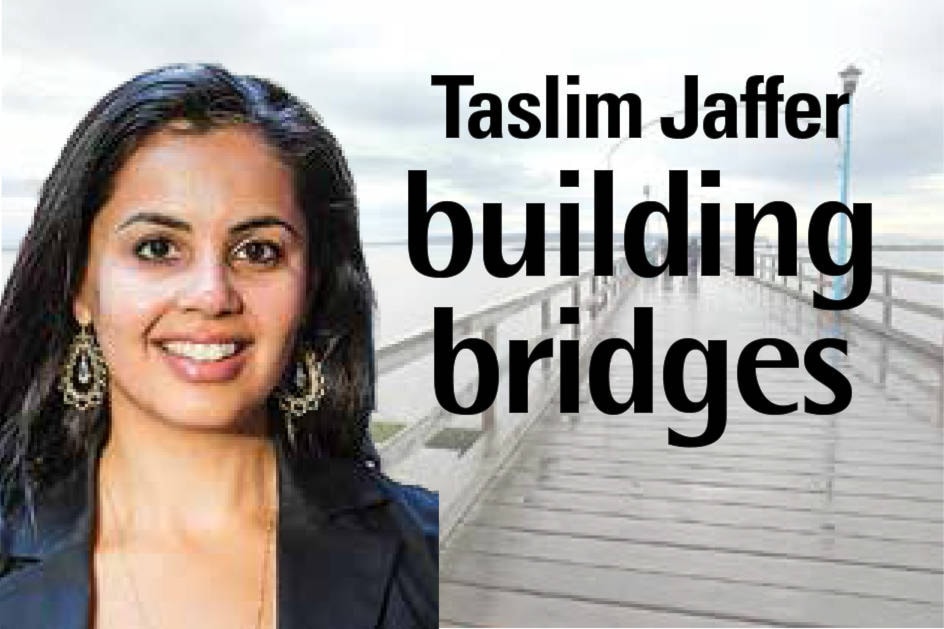‘Mom, why am I so black-y?” my then-five-year-old first-born asked from the backseat of the car.
“Um, what?”
“Why am I so black-y?” She held up her arm. “But you’re so white-y?”
“I’m not white.” I laughed at the black-and-white way she saw us, literally.
“We’re both brown. You’re just a different shade than me. It’s just how we were made.”
That satisfied my little kindergartner for the time being and the rest of our drive home was quiet.
Maybe she was thinking about what I said or, likely, she had moved on to more pressing matters like tracing the raindrops streaking her window. For me, that short exchange marked the entryway to another dimension of parenting.
It was time to invite race into the conversations in our home, time to give her appropriate language to talk about it and ask questions. In fact, I probably should have done so before then.
Talking about race can feel scary. Parents are concerned that it can perpetuate racism. If we’re all the same, then shouldn’t we just be ‘colour-blind’?
First of all, we’re not all the same. We deserve to be treated equally but we are not all the same, and there’s a difference. I’m here to say that your kids already know people look different – it’s up to you to tell them that it’s OK that we do.
In a way, race becomes a topic in homes with people of colour quite naturally. Just ask a mother who has to teach her young black son what racial profiling is before he learns about it on the streets. Ask a white family that has adopted an Asian girl how quickly that topic comes up. Mixed-race couples who have biological children likely address this at some point early on.
Where this topic might be ignored is in a white home.
This might be well-meaning but, as a parent, I think it would be great if every home talks about diversity and its strengths. Make it part of the narrative in our community so that if someone brings up race in a negative manner, all our children can be equipped to stand up for a friend who is being mistreated.
I think I was six the first time someone else pointed out to me on the playground that I was brown.
He wasn’t so nice about it. Obviously, nobody sat this kid down and told him that diversity is a beautiful thing. But I knew before that encounter that I had a different skin colour from most of my peers in the late ’80s in Victoria.
I learned quickly that when a classmate asked me to pass them the ‘skin colour’ crayon, they meant the peach one. That Crayola colour was called Flesh until 1962; several changes were made to its name before the company finally settled on Peach.
Since my oldest initiated that conversation with me in the car seven years ago, I have done my best to be open about race with my children at a level I think is developmentally appropriate for each of them.
We have talked about representation in the media, social justice, embracing our differences, creating our own definition of beauty, etc.
Recently, my youngest, who is in Grade 1, described her drawing off-handedly, “I didn’t use the skin-colour pencil crayon in my pictures because I’m brown so I used brown.” I realized that a) people must still be calling peach ‘skin colour’ and b) she’s aware of that inaccuracy.
Being open about race and diversity in our home has helped empower my children to accept who they are and be comfortable in their own skin. As they gain more experiences in their school years and into adulthood, this dialogue will remain an important part of my journey with them.
Columnist Taslim Jaffer writes monthly on multicultural connections.
